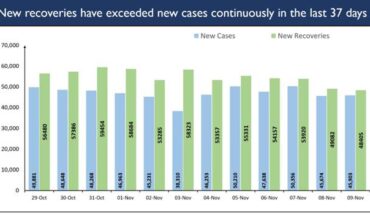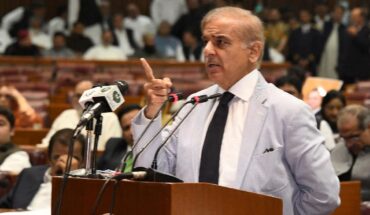New Delhi : Farmers from Punjab, Haryana, and Uttar Pradesh are gearing up for a major protest, set to march to Delhi on Tuesday following inconclusive talks with Union ministers. Despite Minister Arjun Munda stating that consensus was reached on most issues and proposing a committee to address the rest, farmer leaders remain unsatisfied, citing a lack of clarity on legal guarantees for minimum support prices (MSP).
Scheduled to commence at 10 am, the ‘Delhi Chalo’ march faces obstacles, with the Haryana government erecting significant barriers along the state borders to prevent entry from Punjab. In anticipation of a repeat of the 2020-21 protests, Delhi’s borders have also been fortified.
Here are five key differences between the ongoing farmers’ protest, dubbed “2.0,” and the 2020 demonstrations:
- Reason for Protest: Unlike the 2020 protests against the now-repealed farm laws, the current agitation, initiated in 2023, demands a legal guarantee for MSP across all crops, implementation of the Swaminathan Commission’s formula, full debt waiver, pension for farmers and laborers, and withdrawal of cases stemming from the previous protests.
- Leadership: The landscape of farmers’ unions has evolved since 2020, with the Samyukt Kisan Morcha (Non-Political) and the Kisan Mazdoor Morcha leading the charge for ‘Delhi Chalo 2.0.’ Factionalism within unions like the Bhartiya Kisan Union and Samyukt Kisan Morcha, which played prominent roles in 2020, is evident.
- Change in Leadership: Prominent figures from the 2020 protests, including Joginder Singh Ugrahan, Rakesh Tikait, and Gurnam Singh Charuni, are notably absent from the current demonstrations. Instead, leaders like Jagjit Singh Dallewal and Sarwan Singh Pandher have taken the helm.
- Heightened Security Measures: Unlike in 2020, where farmers successfully reached the national capital, preemptive measures, including barbed wire, cement barricades, and roadblock installations, have been implemented to thwart entry into Delhi. Section 144 has been imposed, and Haryana-Punjab borders sealed.
- Government Response: The government initiated negotiations ahead of the Delhi Chalo march this time, with meetings between farmer leaders and Union ministers held on February 8 and 12. While the government agreed to withdraw cases against farmers from the 2020-21 agitation, MSP remains unguaranteed.






